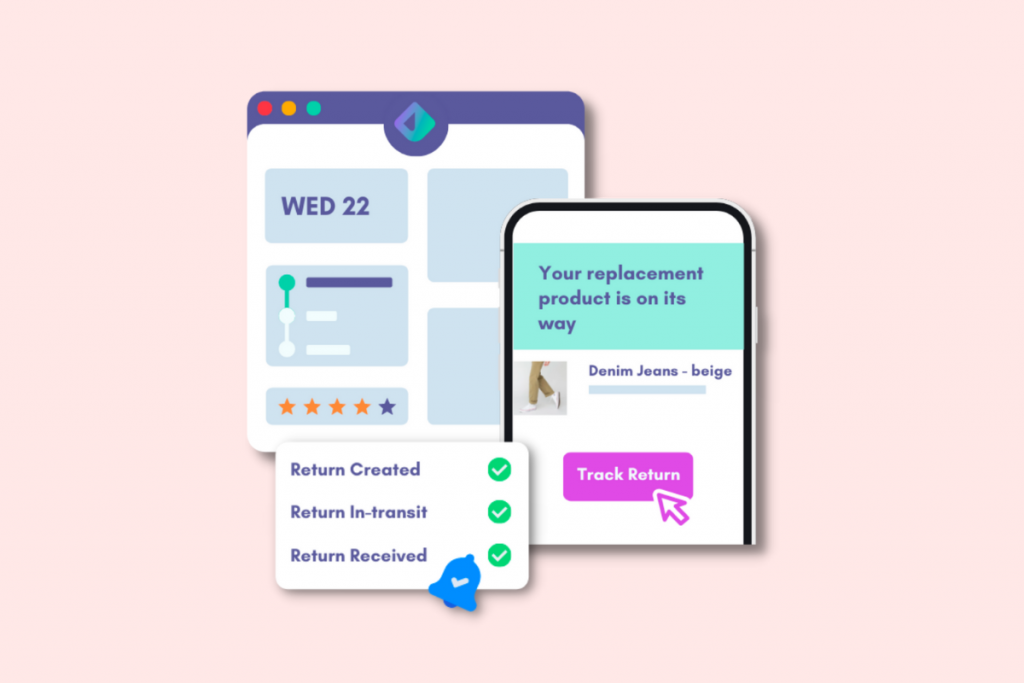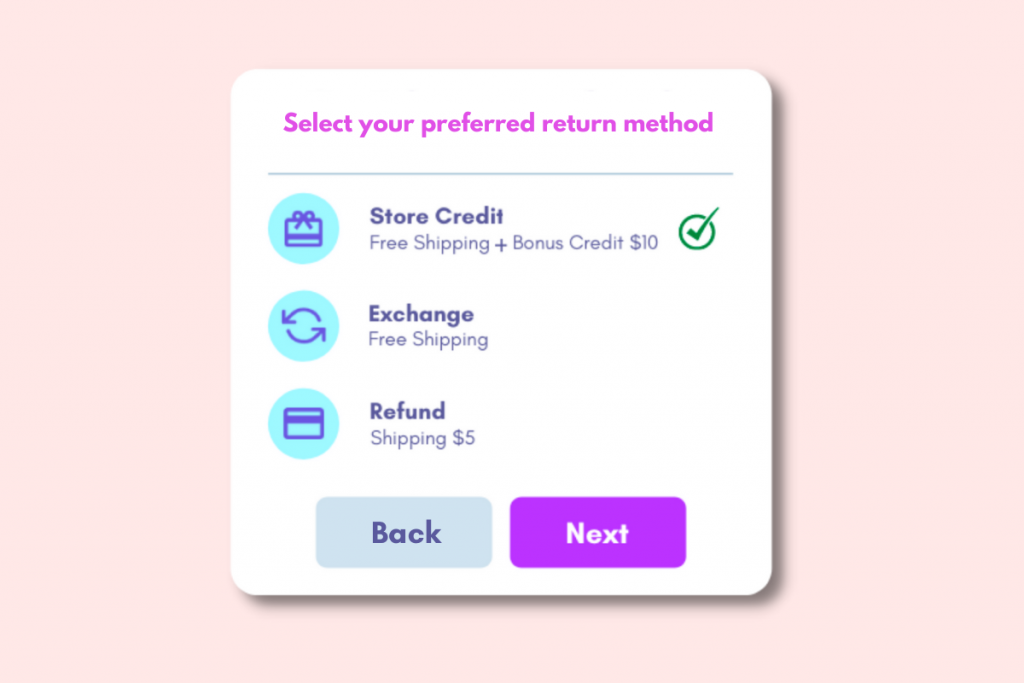With increased holiday sales comes an inevitable surge in returns and exchanges that could be a challenge post the shopping fiesta of BFCM and Christmas.
January is the peak month for package returns, with e-commerce businesses seeing 51% of the returns in a given year. However, the number of returns is generally high through December, January, and early February.
Fair warning: The problem is never returns but the challenges businesses face when they’re unequipped to deal with the sudden influx of returns be it due to falling prey to misconceptions or not having proper strategies to handle them effectively.
- Businesses assume the post-purchase phase of a customer journey to end with shipping and delivery
- Businesses assume returns are a cost-center that discourages customers from shopping with you again
- Businesses often operate with limited resources, making it challenging to dedicate the time and effort required for effective returns strategies.
While this may seem daunting, a well-defined return policy and efficient processes can turn a potential headache into a positive customer experience and build customer loyalty.
Here’s a little something from our end to help e-commerce businesses like yours navigate the holiday returns rush effectively.
8 Tips To Handle Returns And Exchanges Like A Pro During The Holidays
1.Review your return policy and extend your return window
More often than not, holiday purchases are gifts for loved ones — hence, these packages might not get opened until after the holidays. Thus, during the holidays, you can consider offering a longer window (60-90 days) than your standard policy to accommodate holiday returns.
2. Clearly Communicate Your Policy
Make your return policy readily available throughout your website, especially on the product pages, order confirmations, and checkout areas. Make sure things are clear, concise, and easy to understand. For starters, you can include details about eligible items, timeframes, restocking fees, and instructions for initiating returns and exchanges in your policy.
3. Streamline the Return Process
Make the return process as simple and convenient as possible. Offer options for easy return initiation, printable return labels, multiple return locations, etc. Such actions help customers avoid long wait times and reduce frustrations.
4. Reduce Return-related Inquiries
Enable your customer service team to proactively handle return This helps in keeping customer interactions to a minimum during the order return phase. Similar to order deliveries, you can also send notifications about the return status to keep customers engaged. Ultimately, a good returns experience plays a decisive factor when it comes to their repeat shopping decision and thereby cements you as their preferred brand.

5. Enable Flexible Return Options
The holiday season can be unpredictable. Be prepared to adapt your return policies and processes as needed to address unforeseen circumstances or spikes in return volume. Ensure you have sufficient resources and personnel to handle increased inquiries and return requests. Additionally, you can allocate dedicated space for returned items and establish a system for inspecting and restocking them efficiently. This helps minimize delays and ensures your inventory remains accurate.
6. Track and Analyze Returns
Returns give you quality insights into your products and your customers’ shipping decisions. Leverage this goldmine by tracking your return data throughout the holiday season. Analyze common reasons for returns, identify problematic products, and assess the effectiveness of your return policies and procedures. Data can also give you insights into your returns process and help you refine your strategies and improve the return experience for future seasons.
7. Promote Exchanges over Refunds
70% of the returns are size and fit-related. Instead of shelling out dollars by refunding each return that comes in, you can provide the option to exchange the product or get store credits. You can also consider offering incentives such as discounts on exchange items, free shipping on exchanges, or store credit bonuses to encourage customers to pick exchanges and store credit. This strategy can help in retaining customers and minimizing revenue loss from returns.

8. Invest in Returns Automation
Leverage technology to streamline your return management process:
- Utilize return portals that allow customers to initiate and track returns online
- Automate return processing tasks, such as generating return labels, sending email notifications, and managing refunds.
- Extend automation to manage inventory levels and restocking procedures.
Automating returns-related tasks saves time and resources by reducing workload and allows you to focus on other important tasks efficiently.

LateShipment.com’s Returns Experience Management is one such powerful, self-service returns platform built to boost the returns-related metrics that matter most to your business.
Here’s how it can come in handy.
How Returns Experience Management Can Help
Returns Experience Management comes with a user-friendly self-service returns portal where customers can easily initiate returns, choose a preferred method, track the status of the return, etc. This simplifies the whole returns process and improves repeat purchases.
You can also keep customers informed about the status of their returns at every step via email and SMS notifications with returns tracking information and updates to enhance the returns experience.
Returns Experience Management also comes with the provision to offer incentives and encourage customers to opt for exchanges and store credits instead of a full refund.
Additionally, with self-service and smart automations, you can drastically reduce the time spent per return request and inbound conversation volume. Also, with proactive status updates, live package tracking, and a host of support team-friendly features, you can free up your support agents to address more pressing issues.









